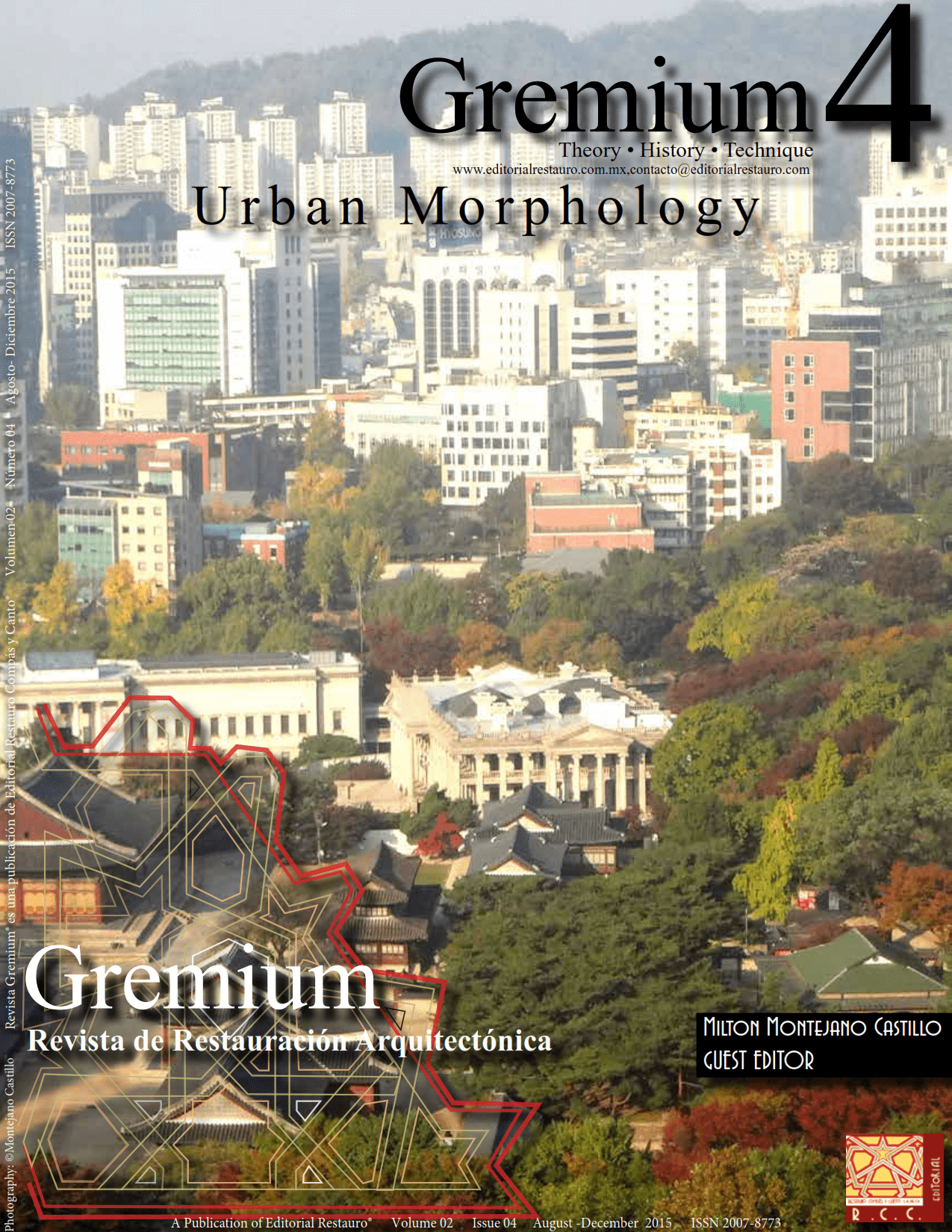Traditional Islamic cities unveiled: the quest for urban design regularity
DOI:
https://doi.org/10.56039/rgn04a04Keywords:
Islamis Cities, Urban Form, Urban Design, Nablus, AzemmourAbstract
Traditional Islamic cities have generally gathered orientalized gazes and perspectives, picking up from misconceptions and stereotypes that evolved during the seconf half of the 19th century and were perpectuated by colonialism. More recent scholarship has shed light on the urban organization and composition of such tissues; most of them confined to old quarters or historical centres of thriving contemporary cities within the Arab-Muslim world. In fact, one of the most striking features has been the unveiling of layered urban assemblages where exterior agents have somehow launched or interrupted an apparent islamicized continuum. Primarly, this paper wishes to search for external political factors that have designed regularly geometrized patterns in medium-sized Arab towns. For that, two case studies from different geographies - Maghreb and the Near East - will be morphologically analysed through updated urban surveys. Whereas Nablus (Palestine) ows the urban matrix of its old town to its Roman past, in Azemmour’s medina (Morocco) it is still possible to track the thin European early-modern colonial stratum. However, both cases show how regularity patterns challenge Western concepts of geometrical design to embrace levels of rationality related to tradional Islamic urban forms, societal configurations and built environment. Urban morphology becomes a fundamental tool for articulating the history with me processes of sedimentation and evolution in order to read current urban prints and dynamics. Thus, the paper will also interpret alternative logics of rational urban display in Azemmour and Nablus, linked to ways of living within the Islamic sphere.
Downloads
Downloads
Published
Issue
Section
License
Copyright (c) 2022 Gremium

This work is licensed under a Creative Commons Attribution-NonCommercial-ShareAlike 4.0 International License.























